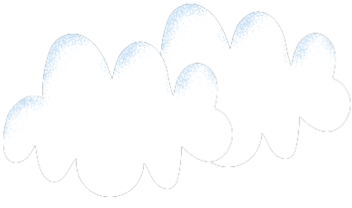Back to Garden

Bee-lieve your eyes!
It’s time to get out into the garden to discover the incredible world of bees. Not only does yummy honey and handy beeswax come from bees, bees are also vital for growing lots of our favourite foods. In fact, we rely on bees to help us grow fruit and vegies such as pumpkins, apples and tomatoes.

Pollination
Plants need to be pollinated in order to grow, thrive and multiply. Fortunately, bees do all the hard work and fly from plant to plant, transferring pollen grains. Luckily for us, we can attract bees to our gardens by planting lots of bee-attracting seedlings – see our list below.


The buzz on bees
Discover fun facts about the incredible world of bees.
Bee attracting plants
Attracting bees to your garden is as simple as planting these beautiful plants.
-
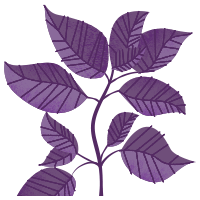 Red Basil
Red Basil -
 Chives
Chives -
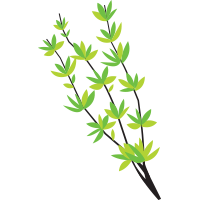 Thyme
Thyme -
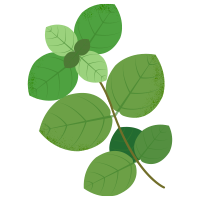 Oregano
Oregano -
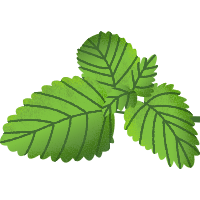 Lemon Balm
Lemon Balm -
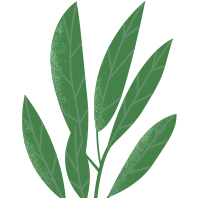 Sage
Sage
-
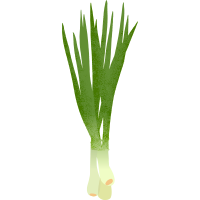 Bunching Onion
Bunching Onion -
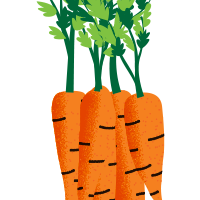 Carrot 'All Seasons'
Carrot 'All Seasons' -
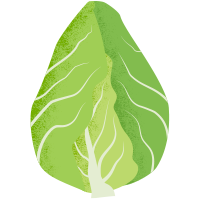 Cabbage Sugarloaf
Cabbage Sugarloaf -
 Tomato Cherry
Tomato Cherry -
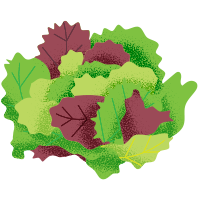 Lettuce Mixed Salad
Lettuce Mixed Salad
-
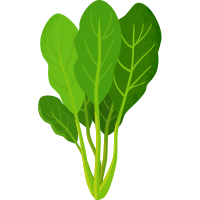 Perpetual spinach
Perpetual spinach -
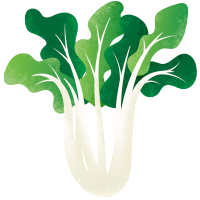 Silverbeet
Silverbeet
-
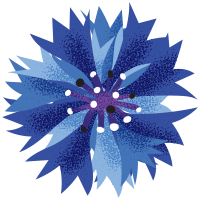 Cornflower
Cornflower -
 Salvia
Salvia -
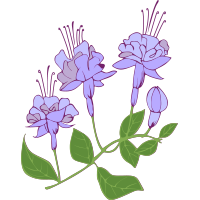 Phacelia
Phacelia -
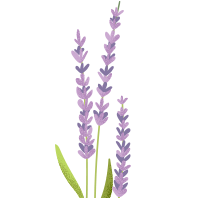 Lavender
Lavender -
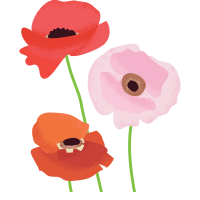 Poppy
Poppy -
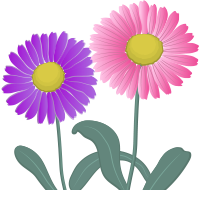 Aster
Aster -
 Zinnia
Zinnia -
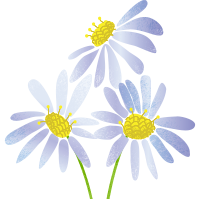 Swan River daisy
Swan River daisy

Tips
Your Woolworths Discovery Garden cornflowers need darkness to germinate, so cover the seed with 1cm of the coco pellet. Make sure the coco pellet is well drained and kept moist with regular watering. After repotting, in about 3 months, you’ll be able to enjoy beautiful blue cornflowers.
Our Australian Honey Bee Industry Partnership
This year, we’re proud to partner with the Australian Honey Bee Industry Council, which works to ensure the long-term success of the Australian honey bee industry. Thanks to their hard work and educational resources, we can all learn more about the wonderful world of bees than ever before.


